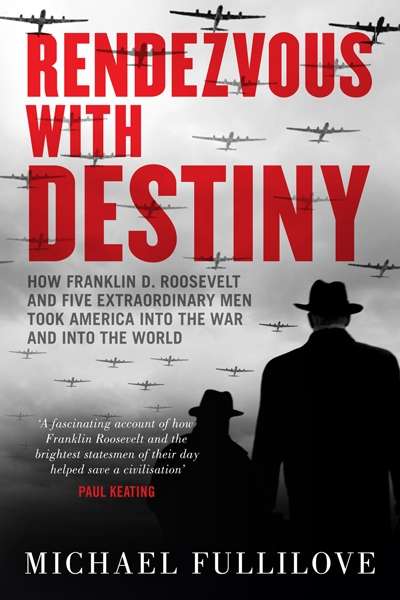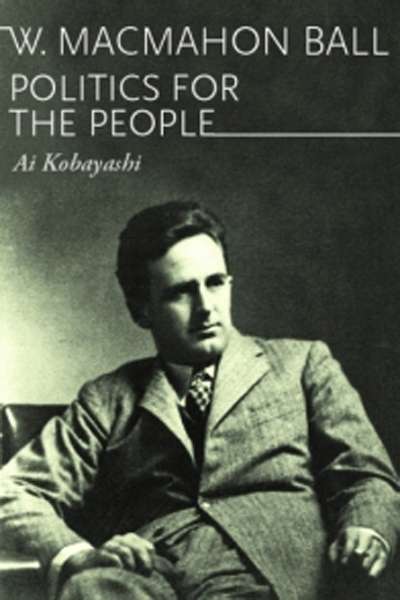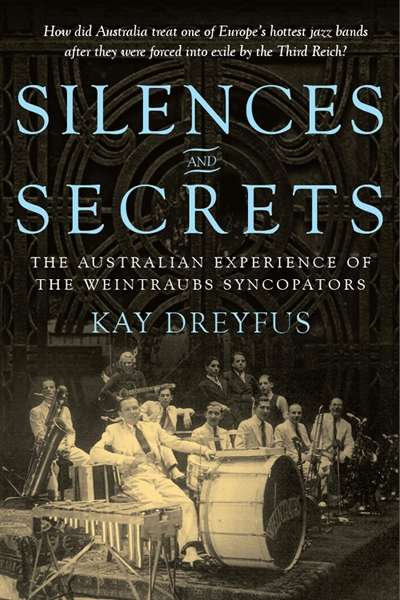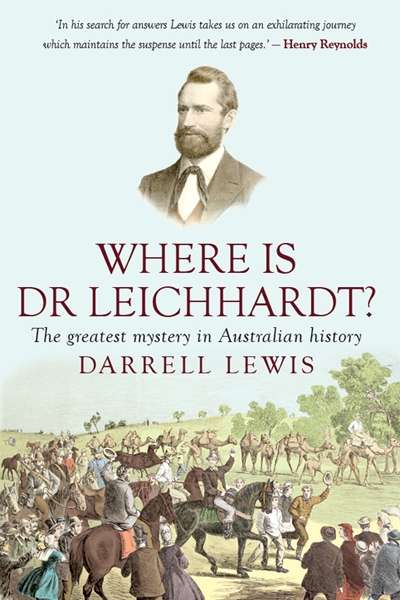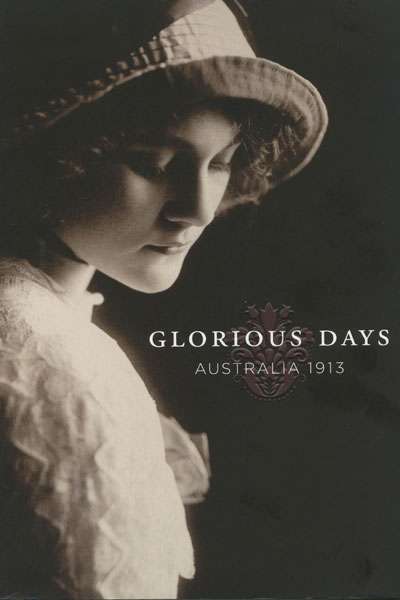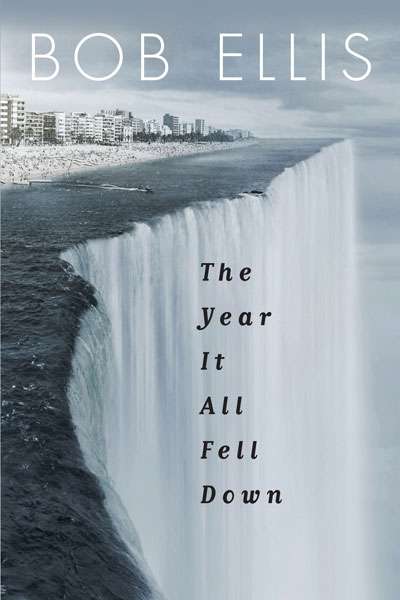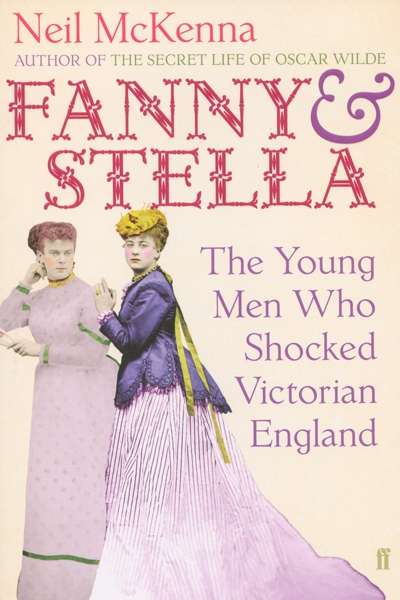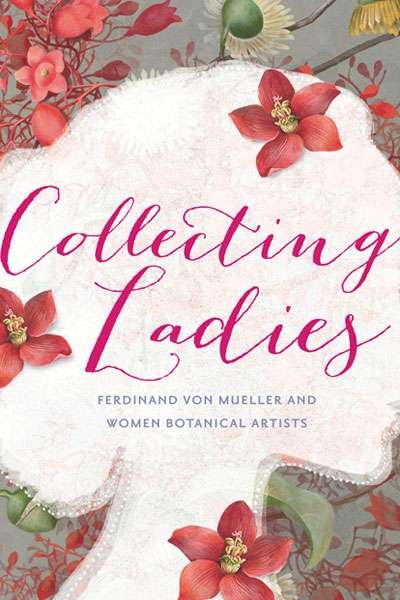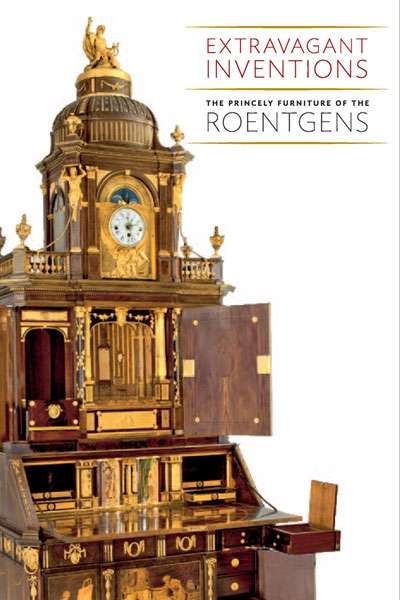History
Rendezvous with Destiny: How Franklin D. Roosevelt and Five Extraordinary Men took America into the War and into the World by Michael Fullilove
Michael Fullilove, head of the Lowy Institute, has written about President Roosevelt and the men who helped him to guide the US so reluctantly into World War II. Dennis Altman reviews this model of academic research.
... (read more)W. Macmahon Ball: Politics for the People by Ai Kobayashi
William Macmahon Ball (1901–86) was many things: an academic, a diplomat, a writer, and what we would now refer to as a ‘public intellectual’. As Ai Kobayashi’s new study of this fascinating man ably demonstrates, Ball was predominantly an educator. In the classroom, through books, and in the media, Ball encouraged his audience to reflect more deeply and actively on Australia’s relations with the outside world. From World War II onwards, Australia’s relationship with Asia was among his chief concerns. During his time as Professor of Political Science at Melbourne University (1949–68), Ball did much to accelerate the development of Asian studies in Australia.
... (read more)Silences and Secrets: The Australian Experience of the Weintraubs Syncopators by Kay Dreyfus
Kay Dreyfus was inspired to write about the Weintraubs Syncopators after seeing a German documentary at the Melbourne Jewish Film Festival in 2000. The film recounted the story of this interwar dance and variety band, which had earned fame in Josef von Sternberg’s The Blue Angel (1930), and later used a European tour to escape from Hitler’s jazz- and Jew-hating régime. After a music-driven adventure across Russia and Asia, the group believed it had found a haven when it reached Australia in 1937, and secured a residency in Sydney’s high-society Prince’s restaurant. Then disaster struck. Accused of espionage, musicians accustomed to celebrity suddenly found themselves interned. Although they were later released, the band never reformed. Dreyfus was intrigued by the Syncopators’ story, but it was the film’s assertion of Australian responsibility for their destruction that piqued her intellectual curiosity.
... (read more)Where is Dr Leichhardt?: The greatest mystery in Australian history by Darrell Lewis
Among all the myriad characters, brilliant and brutish, fraudulent and fabulous, who lobbed into New South Wales in the mid-nineteenth century, Ludwig Leichhardt, born in rural Prussia 200 years ago, was in a class of his own.
... (read more)There’s no ASIO file on me, not even a mention in someone else’s file, according to my keyword search. It’s almost insulting, given that I spent several years in the Soviet Union in the late 1960s and later, as a Soviet historian in the United States in the Cold War 1970s, was suspected of being soft on communism. My father, the radical Australian historian Brian Fitzpatrick, had an ASIO file, of course. They even trailed him in the 1950s – or at least trailed someone they thought was him, a man of ‘repulsive appearance’ wearing a hat and an overcoat, neither of which he possessed. He would have been tickled both by the surveillance and the blunder. They had a file on my mother, Dorothy Fitzpatrick, too, although they got her middle name wrong. It wasn’t from her days of real left-wing activity in the 1930s, but from the 1950s, years that were among her most miserable and least political, when she was doing a teachers’ training course at Mercer House and then teaching at the Melbourne Church of England Girls’ Grammar School. To ASIO she was an also-ran to suspected communists of more dominant personality like Gwenda Lloyd; probably they included her mainly because of her marriage to Brian. ‘Same views as her husband’, one informant reported, which hardly does justice to a natural contrarian.
... (read more)Glorious Days: Australia 1913 edited by Michelle Hetherington
Not altogether surprisingly, the centenary this year of the foundation and naming of Canberra as the national capital of Australia has passed without any conspicuous celebration of the event beyond the confines of the city itself. Conceived to embody and represent the aspirations of the new Australian nation, unfettered by the rivalries and jealousies of the states, Canberra has always been held in grudging regard by the very nation it was established to serve – the grudge perhaps greater than the regard.
... (read more)In The Year It All Fell Down, journalist Bob Ellis revisits 2011, a year that, as the title suggests, produced social and political change on a global scale. The text provides a month-by-month account of this dramatic time. Ellis covers the Queensland floods and the Tōhoku earthquake and tsunami ...
... (read more)Fanny and Stella: The Young Men Who Shocked Victorian England by Neil McKenna
The trial of Frederick Park and Ernest Boulton in 1870 might have been designed for the media to whip up public outrage in a familiar mix of moral disapproval and prurient detail. As Neil McKenna’s Fanny and Stella reveals, this was indeed the intention of the British government of the day.
... (read more)Collecting Ladies: Ferdinand von Mueller and Women Botanical Artists by Penny Olsen
We are used to modern science being conducted as a collaborative effort involving teams of researchers in laboratories, but imagine a huge research project requiring thousands of researchers and covering every corner of an entire continent (and beyond) being organised successfully with no telephone or Internet.
... (read more)Extravagant Inventions: The Princely Furniture of the Roentgens by Wolfram Koeppe
Such was the esteem of the Roentgens – father Abraham and son David – that fourteen years after David’s death in 1807, Goethe, whose father owned Roentgen furniture, knew that his readers would appreciate the metaphor. Probably not since the Great bed of Ware, c.1590 – referred to by Sir Toby Belch and in Ben Jonson’s Epicœne – had furniture such a famous literary champion. The Roentgens were not just ordinary cabinetmakers. Indeed, they were among the most celebrated European furniture makers of the second half of the eighteenth century.
... (read more)

